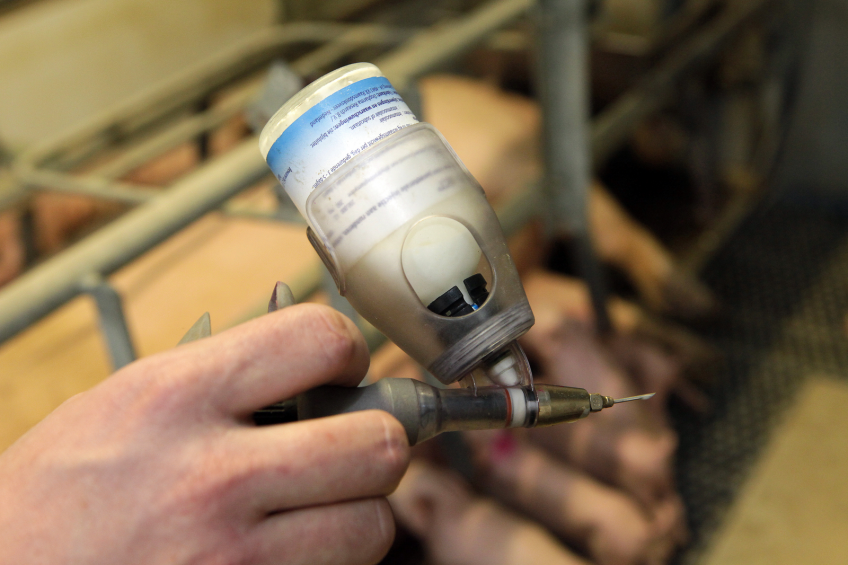ESVAC report with interactive tool on antibiotic use

The European Medicines Agency (EMA) has published its fifth report on the sales of veterinary antibiotics in Europe, showing “encouraging trends in terms of responsible use of antibiotics in animals but also varying patterns in the trends in sales between countries.”
According to this report, sales of antibiotics in animals in Europe have decreased by approximately 8% between 2011 and 2013. Of the 23 European countries that provided data over this timespan, 11 reported a decrease in sales of more than 5%, ranging up to 51%, while 6 reported an increase in sales of more than 5%, ranging up to 21%. Sales figures for those countries that have only started data collection in the recent past remain subject to revision in subsequent years as their data systems become more complete and accurate.
These sales data are collected annually as part of the European Surveillance of Veterinary Antimicrobial Consumption (ESVAC) project, which is a cooperation between the national authorities throughout the European Union (EU) and is coordinated by EMA.
Interactive database
A new interactive database is also launched, allowing users to access the specific ESVAC data they are interested in, e.g. data for a specific country or sales of a particular class of antibiotic, and create charts, maps or graphs tailored to their needs.
The ESVAC project has grown from reporting data from nine countries for its first report covering 2005-2009 to 26 countries from the European Economic Area (EEA) for its 2013 report. These countries account for approximately 95% of the food-producing animal population in the region.
Clearer picture of the sales of antibiotics in animals in Europe
“With the new data collected and experience gained in the process, we are getting a clearer picture of the sales of antibiotics in animals in Europe”, comments David Mackay, Head of EMA’s Veterinary Medicines Division. “As the data collected through ESVAC becomes increasingly robust, we hope they can support European countries in promoting rational use of antibiotics in animals. Collecting accurate data on the sale and use of these medicines in food-producing animals is an essential step to inform policies for responsible use of antibiotics”.
Increasing levels of resistance to antibiotics in humans and animals
Public-health authorities worldwide are confronted with increasing levels of resistance to antibiotics in humans and animals and are engaged in actions at various levels to fight this issue. The responsible use of antibiotics is a key factor to minimise the risk of development of resistance. The new ESVAC report also includes more detailed graphs and trends on sales of fluoroquinolones and 3rd- and 4th-generation cephalosporins, giving further information on the use in animals of some of the most critically important classes of antimicrobials for humans.
EMA started the ESVAC project in April 2010 following a request from the European Commission to develop a harmonised approach to the collection and reporting of data from EU Member States on the use of antimicrobials in animals.











